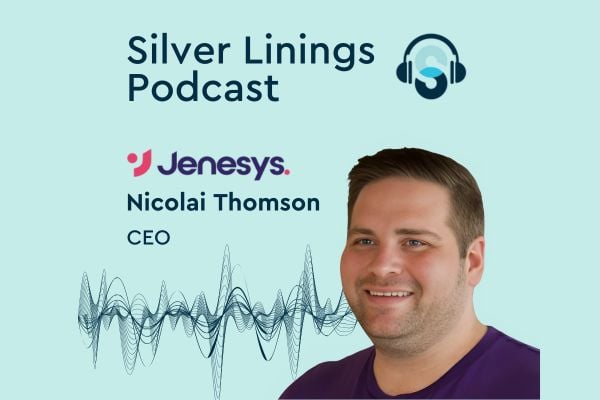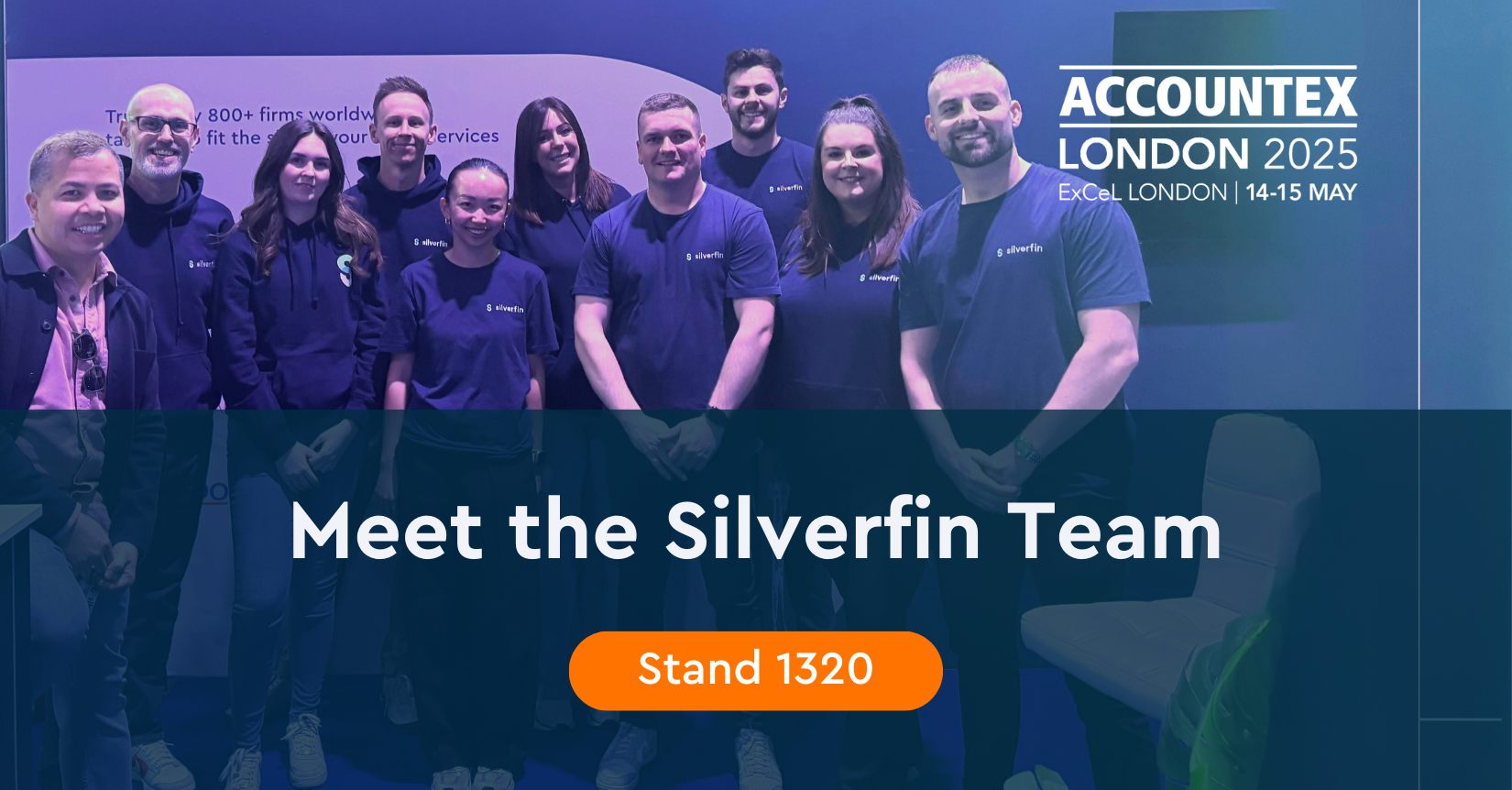With tax season in full swing as UK accountants work to meet the strict HMRC deadlines, the pressure builds for accounting firms tasked with balancing tight deadlines, complex regulations and growing client expectations. Beyond the immediate challenges, this period offers a moment to consider whether their processes, technology, and people are equipped to handle not just the seasonal surge, but also the evolving demands of the tax landscape.
Rising challenges in corporate tax management
Corporate tax management presents a complex set of challenges for accounting firms across the UK. From addressing changes in regulations and adapting to post-Brexit tax requirements to responding to global initiatives like the Organisation for Economic Co-operation and Development’s (OECD) Pillar Two, which introduces a global minimum corporate tax rate of 15%, the demands on tax and accounting professionals are growing. For instance, The CFO reports that two-thirds of the business taxes in effect today were implemented within the past decade alone.
The push for digital transformation and transparency
Alongside these regulatory challenges, there is a growing emphasis on digital transformation and transparency. Increasingly, clients and regulators alike expect timely – if not real-time – access to accurate, complete data in an easy-to-use digital format. This growing emphasis on efficiency and visibility highlights the need for systems that can keep pace with rising expectations.
Legacy systems under pressure
Tax season often reveals the limitations of legacy systems and manual workflows. While familiar, these methods can create bottlenecks when speed, accuracy, and visibility are critical. This raises an important question for many firms: do their current tools truly support them during peak periods, or do they inadvertently add to the burden?
The idea of adopting modern tax and accounting software might feel daunting, particularly given the time it takes to adapt to new tools and workflows. Yet, this effort presents an opportunity to streamline processes, improve accuracy, and better meet the challenges of today’s tax environment.

Is modern tax and accounting technology the answer?
Do cloud-based, AI-powered solutions offer the answer to managing tighter deadlines and complex tax demands, or do they risk adding new layers of complexity?
Recent findings from the Thomson Reuters 2024 Tax Firm Technology Report offer some valuable insights. The findings reveal a strong consensus among tax and accounting professionals about the importance of technology, with 88% recognising it as either essential or highly significant to their firm’s overall strategy. Many of these organisations are using tax automation software to streamline compliance and rely on digital solutions for data storage.
Despite this progress, few firms seem to be taking full advantage of the automation and data analytics tools available today. Only 9% report consistently using analytics-driven decision-making or having fully automated tax workflows across the enterprise. Even fewer (just 1%) say they use technology to actively manage risk and deliver forward-looking insights to decision-makers.
While these figures suggest some progress in adopting advanced capabilities, they also highlight that most firms still have a significant journey ahead to reach these higher levels of digital maturity.
What’s holding firms back?
According to the survey, many tax and accounting firms do not measure the success of their technology implementations using tracked metrics. In fact, only 25% of respondents reported having formal metrics in place to assess the effectiveness of their technology. This suggests that while technology is widely regarded as critical to their strategy, many firms lack a clear framework to evaluate its real impact on their goals.
The first step is deciding what ‘success’ looks like for a particular firm and its clients. For some, the ROI of adopting technology might be as straightforward as saving time on recurring tasks like year-end filings or corporate tax submissions. For others, it might involve taking on more clients without increasing headcount or using the time saved to expand into new service areas, such as economic or strategic advisory work or ESG reporting.
Ultimately, defining and measuring success ensures technology investments drive meaningful outcomes, aligning with each firm’s unique objectives and client needs. Without this clarity, firms risk missing out on the full potential of their digital transformation.
Limited technology training can also be an issue
Technology alone doesn’t ensure success; the people using it play an equally pivotal role. Sometimes, however, inadequate change management and training can leave tax and accounting teams to wrestle with tools they may not fully understand.
The Thomson Reuters study found that many firms struggle to fully unlock the value of their technology investments due to insufficient training for tax professionals. Fewer than half (49%) of all respondents reported that their organisations offer technology training.
One way to address this gap is by partnering with a tax and accounting technology vendor that offers change management expertise. This can help ensure a smooth transition from manual processes or legacy systems to a modern, digital-first approach.
Some vendors go further by offering comprehensive training programmes that include a library of resources, such as detailed documentation, video tutorials and hands-on learning opportunities in a sandbox environment. These tools enable professionals to experiment, learn, and master the technology in a low-risk setting, helping them gain confidence and proficiency over time.
Finding the right technology partner can make all the difference
A well-chosen solution not only streamlines corporation tax workflows and reduces inefficiencies, but also ensures firms are equipped to meet evolving client and regulatory demands.
Silverfin offers cloud-based software that is purpose-built to simplify corporation tax management in the UK and integrate seamlessly with other core accounting processes, such as working papers and accounts production. The software is designed to save hours on CT600s and tax schedules through features like pre-populated forms and real-time data integration. By connecting live data directly from working papers, Silverfin ensures that tax computations are accurate and always up-to-date.
“Having that live connection is great. Integrating tax within Silverfin is a significant time saver for us, reducing the need for digital input. Because it’s connected, any changes a client makes in their system automatically update in Silverfin. This gives us more control and saves a lot of time.” Larking Gowen
Automated reconciliations made by Silverfin’s embedded AI tool, and intuitive navigation further reduce the risk of errors, while built-in compliance tools, such as automated iXBRL tagging, streamline the filing process to meet HMRC standards with ease.
Hassle-free accounting, now and in the future
Silverfin’s collaborative tools further enhance productivity by enabling teams to work seamlessly from anywhere. With access to shared workflows and live updates, files are consistent, clear, and easy to review.
“Anyone can pick up a file and know exactly where to look to review or continue the work. Silverfin helps us ensure every file looks the same, regardless of who is working on it or from which office.” Larking Gowen
Transitioning to new technology can feel daunting, but Silverfin makes accounting hassle-free by offering comprehensive support to make the process smooth. With interactive training resources, a sandbox environment for safe experimentation, and seamless onboarding, teams can adapt quickly and confidently.
Silverfin gives you peace of mind by ensuring you’re working off the most up to date data, and tax schedules. By eliminating. repetitive processes and enhancing accuracy, tax professionals can focus on delivering greater value to their clients, knowing they’re staying ahead in today’s demanding tax environment.
“Silverfin gives us the time to focus on the actual numbers and their meaning instead of wrestling with outdated software. This shift lets us deliver more value to clients.” Hurst















